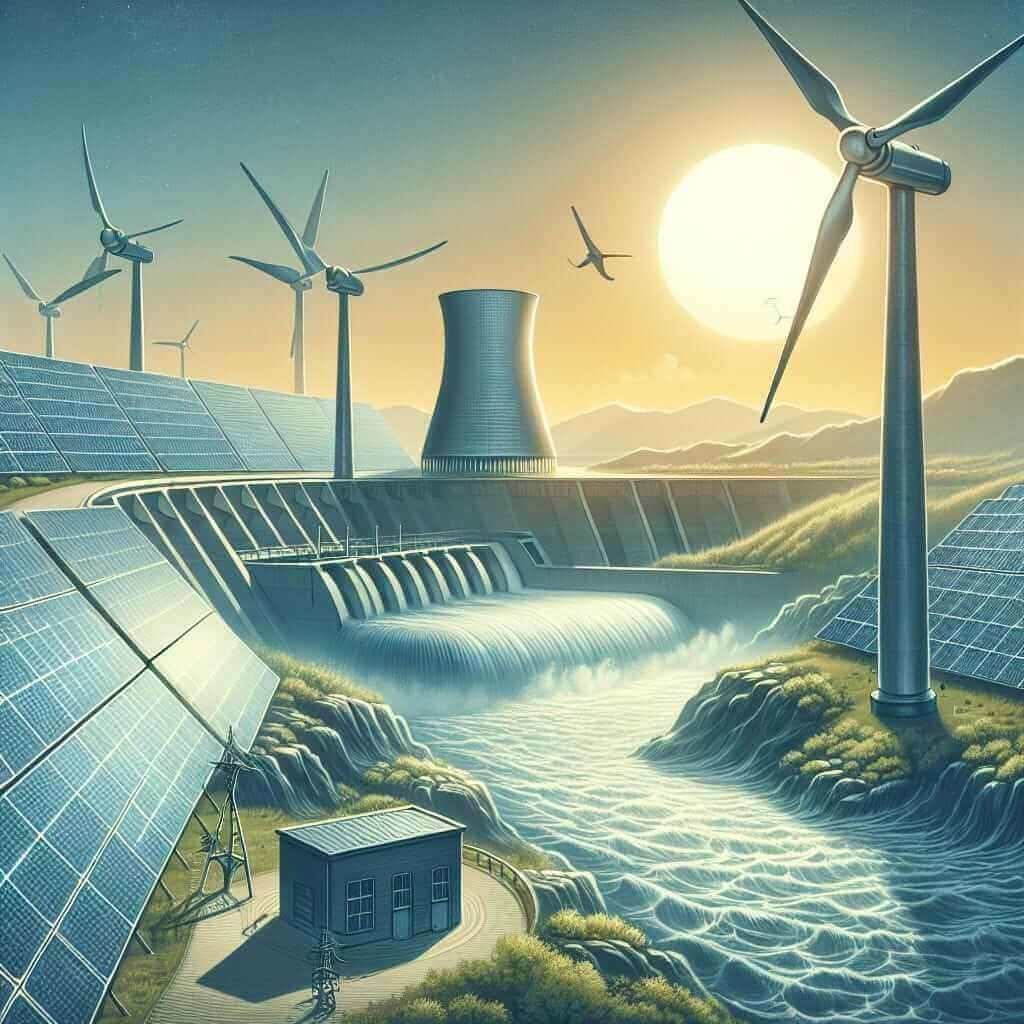The IELTS Reading test is designed to assess a variety of reading skills, including skimming, scanning, and understanding complex texts. One popular theme in recent IELTS tests has been “Technological Advancements in Renewable Energy Technologies”. This theme is particularly relevant in today’s era due to the global push towards sustainable development and the increasing importance of renewable energy.
Understanding the technological advancements in renewable energy can offer valuable insights not only for the IELTS exam but also in real-world applications. Topics like solar energy, wind power, and bioenergy frequently appear in the academic reading sections. Given the significance of renewable energy technologies and their continuous evolution, we can expect this topic to remain pertinent in future IELTS exams.
Reading Passage and Questions
Passage: Technological Advancements in Renewable Energy Technologies
Advancements in renewable energy technologies have significantly transformed the energy sector in recent decades. The primary focus has been on developing sustainable and efficient ways to harness natural resources, such as solar, wind, and hydro power, gradually diminishing the reliance on fossil fuels.
One of the most notable advancements is in solar energy technology. Photovoltaic (PV) cells, which convert sunlight directly into electricity, have seen substantial improvements in efficiency and cost reduction. Innovations such as perovskite solar cells have boosted efficiency rates and are poised to revolutionize the market.
Wind energy has similarly benefited from technological advancements. Modern wind turbines are far more efficient and can generate more power even at lower wind speeds. Offshore wind farms, in particular, have expanded the potential for wind energy by utilizing the vast and typically stronger winds found over oceans.
Hydroelectric power, which leverages the energy of flowing water, has also seen technological growth. Innovations in turbine technology and the implementation of pumped-storage hydroelectricity have improved efficiency and energy storage capabilities.
Moreover, the integration of artificial intelligence (AI) and the Internet of Things (IoT) into renewable energy systems has optimized energy management and grid stability. These technologies enable real-time monitoring and predictive maintenance, leading to reduced operational costs and increased reliability.
While these advancements are significant, challenges remain. The intermittent nature of renewable energy sources necessitates robust storage solutions. Battery technologies, such as lithium-ion and emerging solid-state batteries, are critical to addressing this issue.
In conclusion, technological advancements in renewable energy are pivotal in addressing global energy demands and mitigating climate change. Continued research and development will further improve the efficiency, cost-effectiveness, and sustainability of these technologies.
Questions
Multiple Choice
-
What is the main purpose of the passage?
a. To describe the historical development of renewable energy
b. To discuss the technological advancements in renewable energy technologies
c. To explain the financial aspects of renewable energy investments
d. To argue against the use of renewable energy sources -
What is one of the significant advancements in solar energy technology mentioned in the passage?
a. Wind turbines
b. Hydroelectric dams
c. Photovoltaic cells
d. Biomass energy -
How has AI and IoT contributed to renewable energy systems?
a. By increasing the physical size of renewable energy plants
b. By enabling real-time monitoring and predictive maintenance
c. By creating new sources of renewable energy
d. By making fossil fuels more efficient
True/False/Not Given
-
Offshore wind farms are less efficient than onshore wind farms.
- True
- False
- Not Given
-
Perovskite solar cells have the potential to revolutionize the solar market.
- True
- False
- Not Given
-
Battery technologies are not important for renewable energy systems.
- True
- False
- Not Given
Matching Headings
- Match the following headings with the correct paragraphs from the passage:
- Advances in Solar Power
- Integration of AI and IoT in Renewable Energy
- Challenges in Renewable Energy Technologies
Answer Keys
- b. To discuss the technological advancements in renewable energy technologies
- c. Photovoltaic cells
- b. By enabling real-time monitoring and predictive maintenance
- False
- True
- False
-
- Advances in Solar Power: Paragraph 2
- Integration of AI and IoT in Renewable Energy: Paragraph 6
- Challenges in Renewable Energy Technologies: Paragraph 9
Common Errors
One of the most common mistakes students make in the Reading section is not reading the questions carefully. Always ensure you understand what the question is asking before scanning for the answer. Additionally, avoid spending too much time on any one question; time management is crucial.
Vocabulary
Here are some challenging words from the passage:
-
Photovoltaic (PV) [adjective] /ˌfəʊ.tə.vɒlˈteɪ.ɪk/: Relating to the production of electric current at the junction of two substances exposed to light.
- Example: Photovoltaic cells are a vital component of solar panels.
-
Perovskite [noun] /pəˈrɒv.skʌɪt/: A type of mineral and material used in high-efficiency solar cells.
- Example: Scientists are excited about the potential of perovskite solar cells.
-
Intermittent [adjective] /ˌɪn.təˈmɪt.ənt/: Occurring at irregular intervals; not continuous or steady.
- Example: The intermittent nature of renewable energy requires effective storage solutions.
Grammar Focus
Passive Voice: The passage utilizes passive voice to emphasize the actions over the doers, which is common in scientific writing.
- Structure: be + past participle
- Example: Innovations in turbine technology have improved efficiency.
Tips for High Scores in the IELTS Reading Test
- Practice skimming and scanning techniques.
- Familiarize yourself with a broad range of academic topics.
- Work on expanding your vocabulary regularly.
- Focus on time management to ensure you can answer all questions.
- Take regular practice tests to gauge your progress.

By diligently practicing and using resources like this, you can significantly improve your reading skills and increase your chances of achieving a high score in the IELTS Reading test.